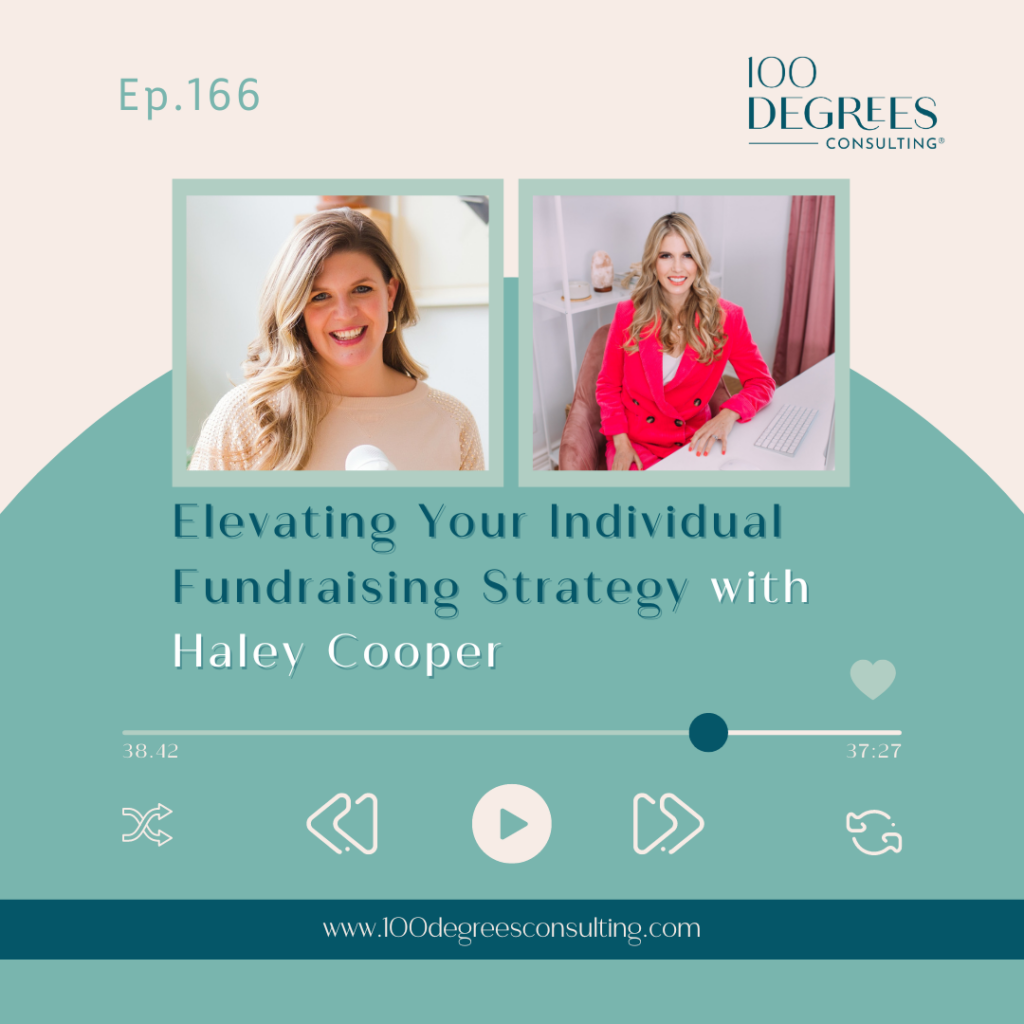Most leaders I know absolutely dread hiring a new employee. Between the endless terrible applications received, the phone screens where you repeat the same questions and get the same answers, and the in-person or video interviews where candidates spit out answers to the “top ten interview questions” that they found on Google.
And then there’s the onboarding and crossing your fingers that this is the right person.
I’ve totally been there.
I’ve found that this tired method of recruiting and hiring doesn’t work for the long haul because I didn’t get to know anything genuine about the candidate or her working style in this type of interview. Fast forward six months later and we’ve now both realized she doesn’t actually like the type of work I’ve hired her to do, so now I’m back at square one.

When I was recently looking for another CFO consultant to add to my team, I kept thinking how I needed to do things differently this time so I could get different results and a candidate who’d stick around and enjoy working with me.
First, I included in the job description that candidates should send me a cover letter explaining why they think we’d be a good fit. I wanted them to demonstrate that they’d done at least a little research into my company and me, so when I got dozens of emails that said “Dear Hiring Manager”, they were immediately disqualified.
Second, I had another person conduct the phone screens. In the past, I’ve done every interview myself and I can be easily biased or feel bad saying no to someone who is nice. As you can imagine, this put me in a difficult spot of wanting to hire 10 different people and having a very tough time making a decision. Including another person from your team in the process gives you the great benefit of another person thinking critically about how the candidate would fit into the overall organizational culture and working style.
The third, most important technique I’ve implemented in my recruiting that has resulted in the best hires is having the top candidate do a project. Now, I don’t mean giving the candidate a hypothetical project, like inviting the top three candidates to put together a presentation on how they would increase sales. That is getting free work and advice from people you may or may not hire and, frankly, I don’t agree with it. These types of projects are a waste of time for the candidates, especially those who won’t end up getting the job, and for you, who will never look at that project again.
I ask candidates to complete an actual project that needs to get done within my business. I give them a short time period, say two weeks, and pay them a fair amount of money to complete the project. This is a micro test run of what working together would be like.
Here’s what I can now assess by having a candidate do a real, live project:
- Working style. I can tell someone’s work style who turns in a project at the last minute (e.g. 11:59am for a 12pm deadline) versus someone who emails the project back a day or two early. Are they in the weeds checking every detail until the last minute, or do they give a broad review of the project and turn it in early?
- Work product. I can now see what type of work this candidate produces, including important things like spelling and/or formula errors, attention to details, following instructions, knowledge of the industry and/or processes, and overall professionalism.
- Communication style. Does the candidate ask me questions along the way that have already been answered in the instructions? Does she confirm deadlines or ask clarifying questions? Is there radio silence until she turns in the work?
None of this can be determined in a traditional interview setting. Candidates often say what they think the interviewer wants to hear but when they’re hired and actually doing the work, they may realize that they don’t actually like the type of work and they have different standards for work product and communication than their employer.
This happens all the time with both employees and contractors. With contractors, it’s a bit easier to end the relationship, but then you are forced to spend a significant amount of time to find another contractor.
This one recruiting technique is widely applicable across all industries and has resulted in my best hires to date. It extends the hiring process by a couple weeks but almost always results in candidates that are the perfect fit for your organization (and who will stick around for the long haul).
Stephanie Skryzowski is a CFO and business coach for purpose-driven leaders around the globe. Sign up for her free monthly business growth tips here.
#impact #income #PurposeDriven #PL



















